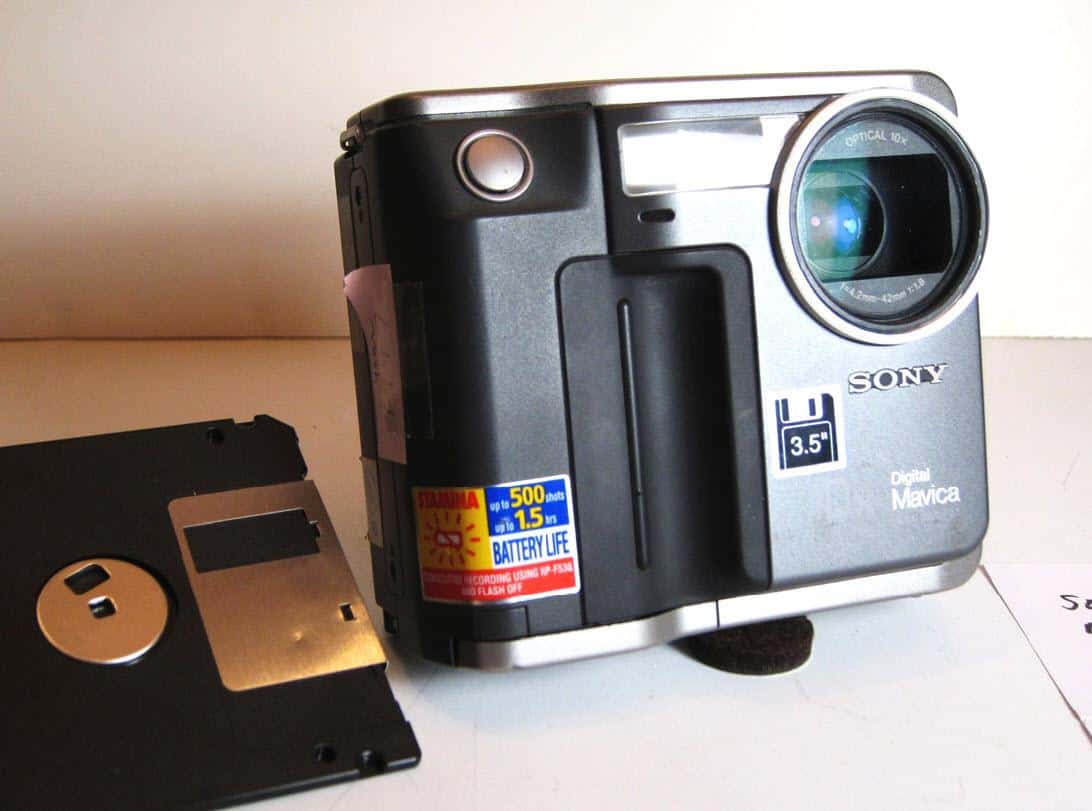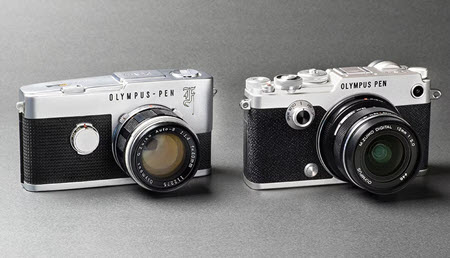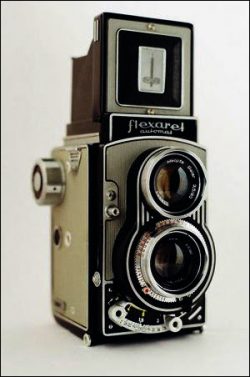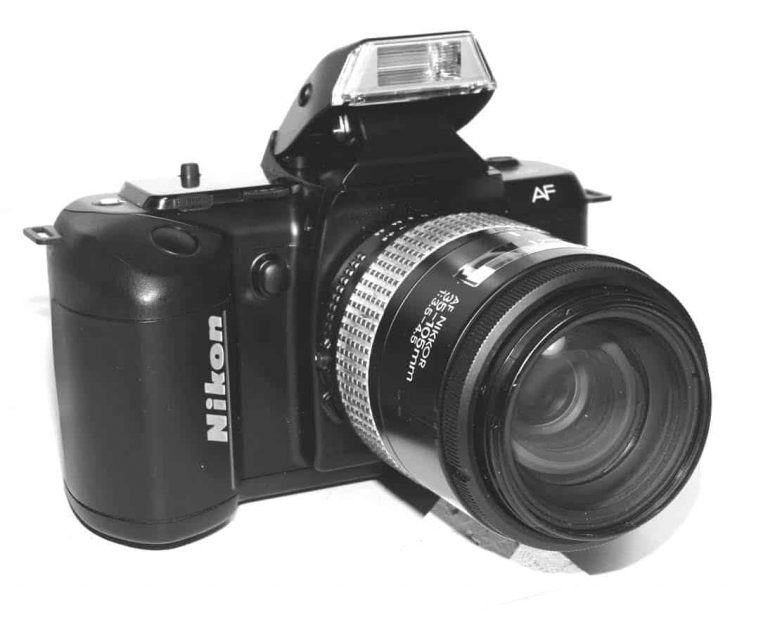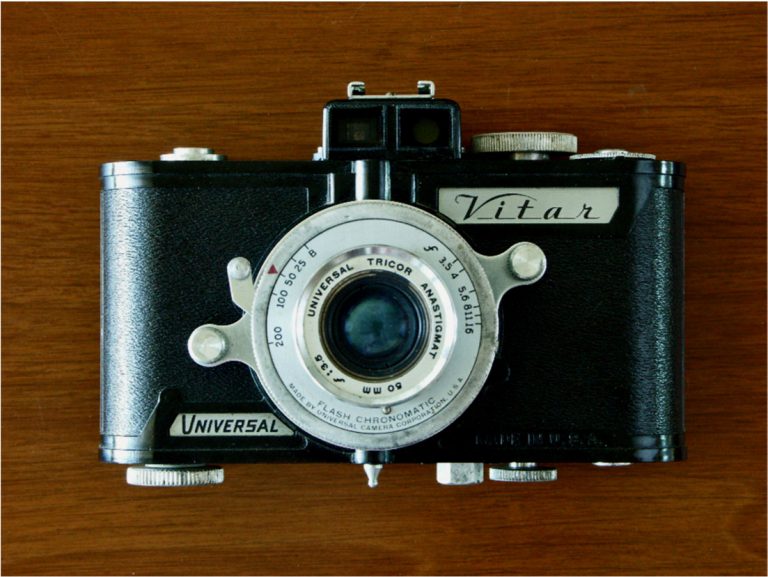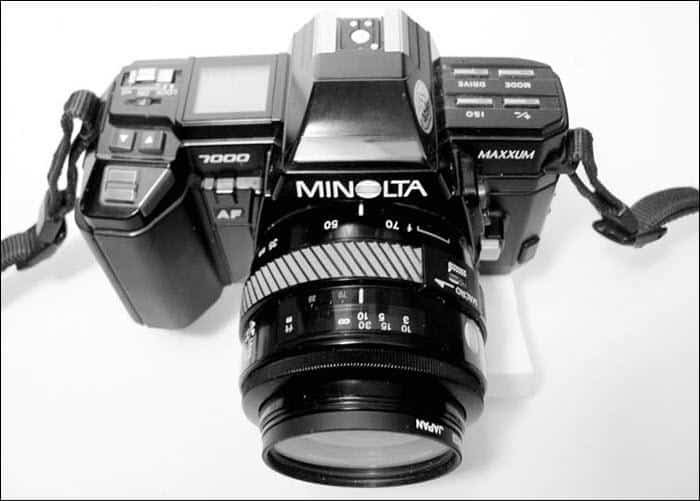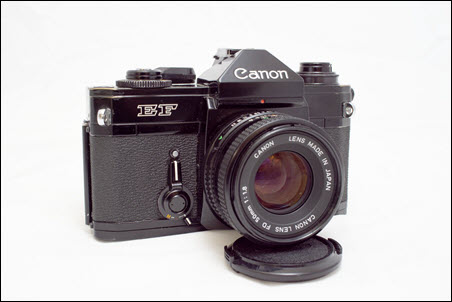In August 1981, Sony unveiled a prototype of the Sony Mavica as the “world’s first electronic still camera.” The Mavica (Magnetic Video Camera) was a brand of Sony cameras which used removable magnetic disks as the main recording medium. The early models weren’t digital, but relied on an analog video signal produced by the sensor, stored on the disks and shown on a television screen. They are considered forerunners of digital photography because the Mavica name was also used for a series of digital cameras (https://en.wikipedia.org/wiki/Sony_Mavica). In 1996, Sony introduced the Mavica FD5 and FD7 simultaneously. “These two were the first truly digital models in the Mavica series from Sony, as the earlier Mavicas were still-video cameras recording analog scan lines onto 2″ Video Floppies. The FD designation referred to the use of 3.5″ computer floppy disks for storage, which continued through to the 2002 Mavica FD100 and FD200” (http://camerawiki.org/wiki/Sony_Mavica_FD7). The higher-end FD7 used a 640×480 pixel sensor and saved JPEGs image files. Images could be saved in pastel, sepia, and black-and-white. The next series of Mavicas include the FD71, the mid-range FD81, and the top-of-the-line FD91. All cameras in this line stored images on standard floppy disks. The cameras accommodated much higher pixel resolutions, so fewer images could be stored on a disk. “With its ungainly body design and image quality lagging even its 1998 peers, the FD91 is mostly a curiosity today” (http://camera-wiki.org/wiki/Sony_Mavica_FD91). A later Mavica series stored images on 8cm compact discs. This included the Mavica MVC-CD200, 250, 300, 350, and the 400 which was the “first Mavica to use ‘Hologram AF’ laser-assisted lowlight autofocus” (https://en.wikipedia.org/wiki/Sony_Mavica#Digital_Mavica_line). The Mavica line is no longer being produced.
What the heck…
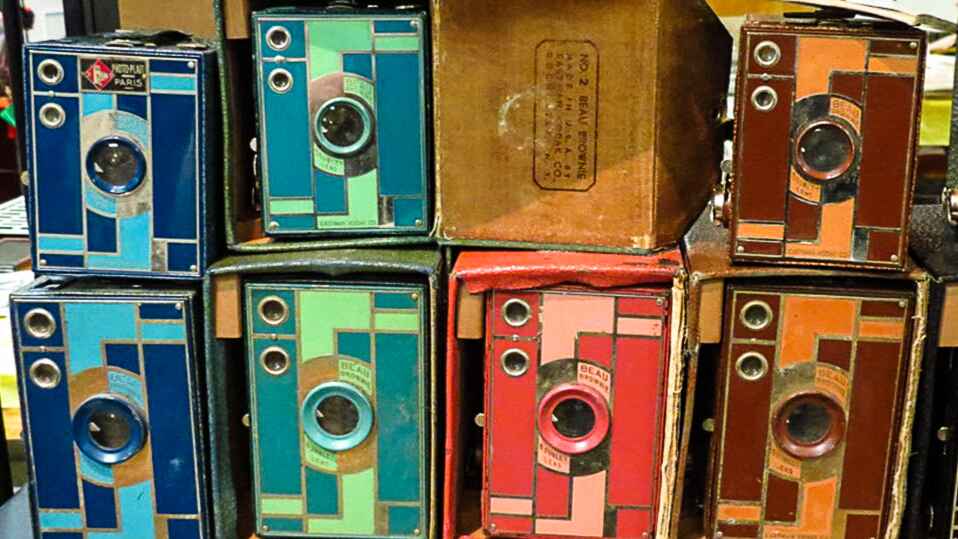
Are Those Even Cameras?!
Join the PHSNE Newsletter and learn more about photographic history and preservation. Already an expert? Come and share your collections and knowledge as we celebrate the history and advancement of photography.

